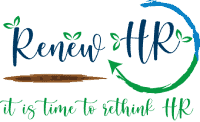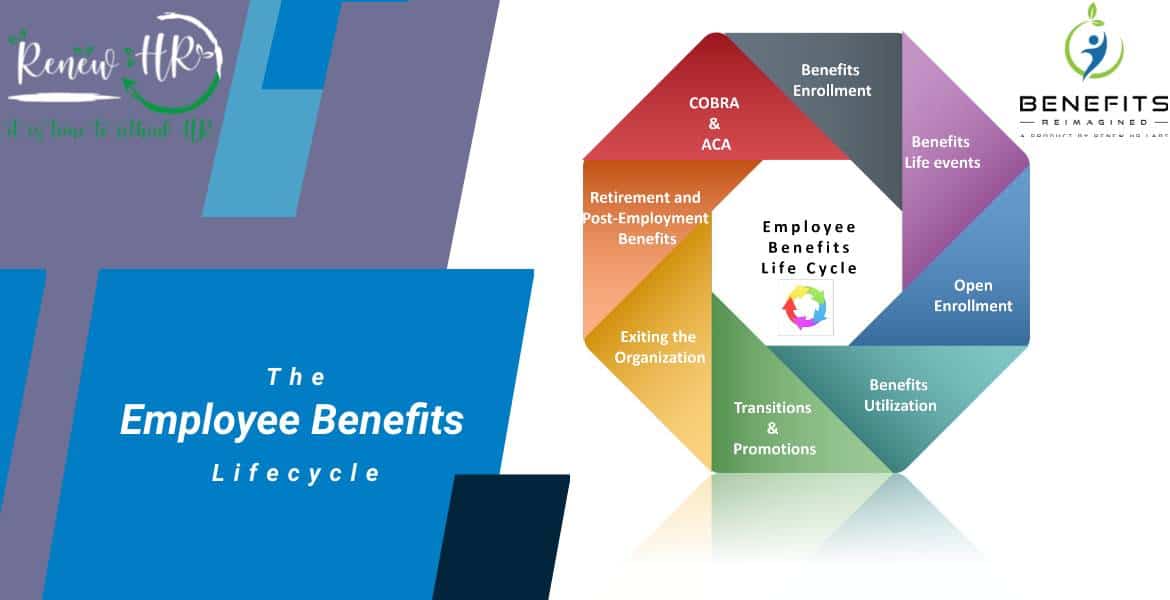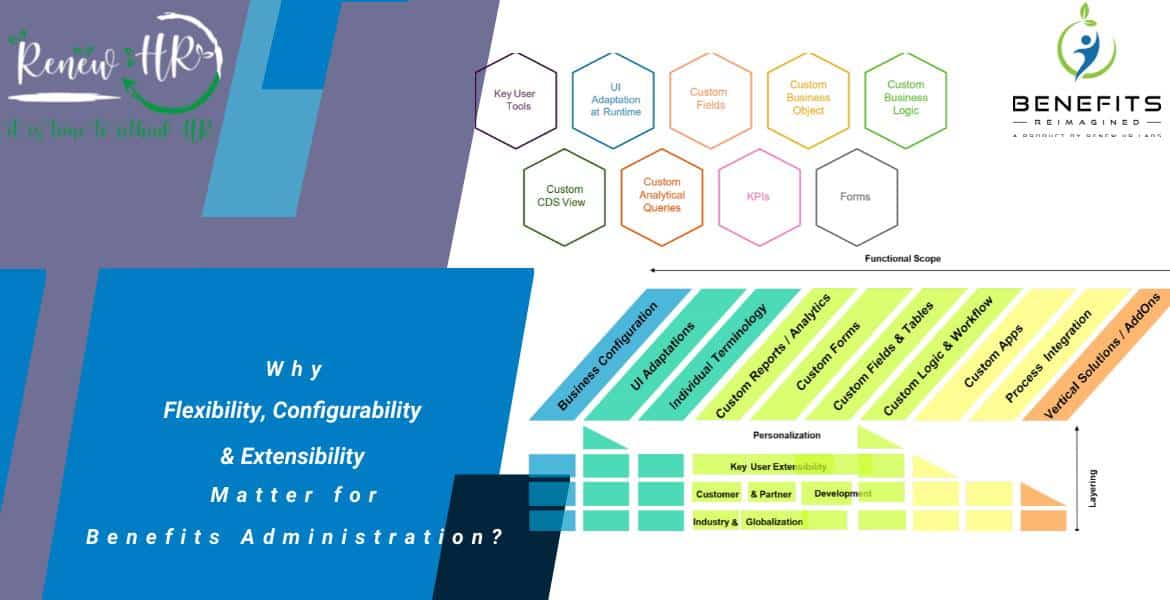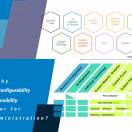Contents
The 7 Pillars of HR Leadership
North America has lived through a number of infectious diseases and public health outbreaks in the past few decades, such as severe acute respiratory syndrome (SARS), Middle East Respiratory Syndrome (MERS), and influenza virus H1N1 (swine flu). However, what makes COVID-19 different from all other public health crises is the speed and ease at which it can spread, leaving behind a path of uncertainty – medically, socially, and financially.

Some organizations have had to cease operations for good; others had to make tough choices to survive. But almost every business has made adjustments in how they conduct their day-to-day.
New research from the Society for Human Resource Management (SHRM) sheds a light on just how significantly employers and workers have been impacted by COVID-19. According to their survey of more than 2,200 human resource professionals:
o 40 percent of employers have had to shut down certain parts of their business
o 83 percent of employers have adjusted their business practices
o 71 percent of employers said they are struggling to adjust to remote work
o 65 percent of employers said that maintaining employee morale has been a challenge.
Given the nature of this crisis, it should come as no surprise that HR will need to play an important role when it comes to redefining the new normal at the workplace. Not only will they need to redefine policies and processes, but they also need to lead on fostering a new employee culture, and maintain employee spirits that reflect the post-COVID-19 reality.
HR will also need to factor in other realities-of-living, such as monetary stress, childcare, quarantine, and other domestic situations that can blur the objectivity of the standard 9-to-5.

How the HR leadership role has changed due to COVID-19
HR leadership teams at many organizations have already taken the lead at communicating information about how to manage all the uncertainty surrounding COVID-19, and have also aspired to maintain employee morale.
They have also been required to carry out other organizational tasks, such as organizing mandatory vacations, furloughs, layoffs and other labor force reductions, sick pay policies, travel constraints, and work-from-home procedures.
They have acted as the liaison between individuals and government agencies, helping employees with state and legal programs such as the Coronavirus Aid, Relief, and Economic Security Act (CARES Act), organization closure guidelines, and public security for stay-at-home orders.
Finally, they now have the additional task of accurately capturing and securely managing employee-related COVID-19 data.
On top of all these changes, however, HR still must uphold the organizational policies and procedures to keep employees safe and healthy. As much as maintaining the CDC guidelines is essential, it is equally necessary to help the business maintain its operations as smoothly as possible.
How the HR leadership role will change post-COVID-19
In this blog series, we will describe the 7 most pressing challenges, trends, and possible opportunities in front of HR organizations as the enterprises they support come out of this pandemic and adjust to the ‘new normal’.
- The employee benefits lifecycle - 04/08/2023
- Why Flexibility, Configurability & Extensibility matter for Benefits Administration? - 02/08/2023
- The communication challenges - 31/07/2023















